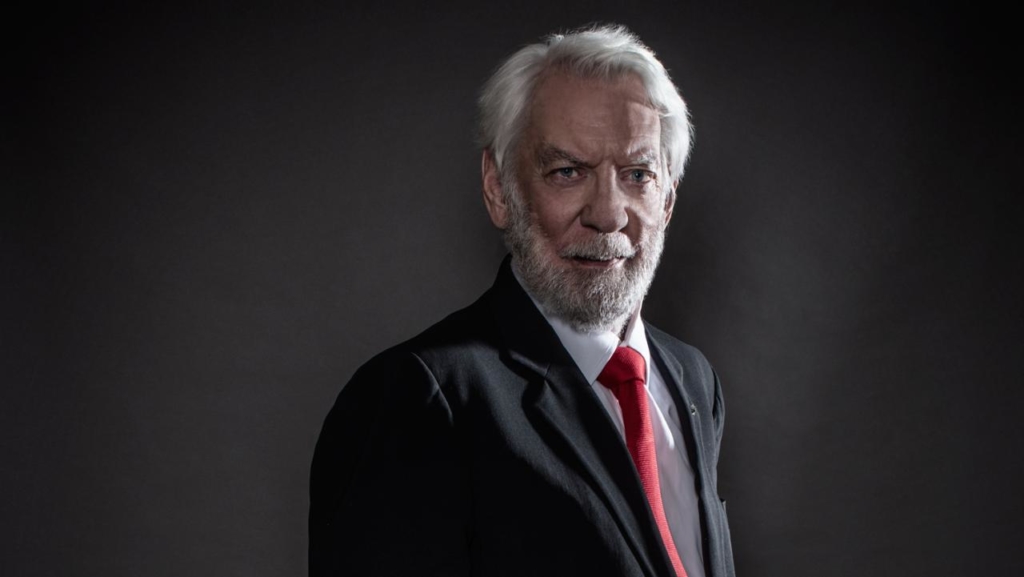Post-polio syndrome: It takes a team approach

Donald Sutherland plays President Snow in the Hunger Games films. Sutherland contracted polio as a child and developed a love of reading while bedridden. He went on to become an accomplished actor, and has appeared in over 130 films. Photo Sarah Dunn, The Telegraph
The secret of developing a truly holistic and multidisciplinary approach to PPS is to create an individual management plan for each person with PPS. The detailed descriptions of the physiotherapy management, the occupational therapist’s role and the language and speech therapist’s role which are included in this handbook, demonstrate the basis on which a polio survivor with PPS can be assessed and treated as an individual with very unique symptoms and problems. The goal of this management is to reduce pain and other unpleasant symptoms, increase and preserve mobility and enhance the person’s potential to live an independent life at home, and at work.
The general practitioner should play a coordinating role with other specialties and deal with medical problems such as heart disease, osteoporosis and age related illness; but the physiotherapist, the occupational therapist and the speech therapist are usually the key professionals actively working with the person with PPS. A lifelong relationship with physiotherapy and occupational therapy is essential.
“The needs of a post-polio patient can be very diverse, as can be their willingness to accept intervention,” said Phil M. Stevens, MEd, CPO, of the Hanger Clinic in Salt Lake City. “The challenge with post-polio is that there is a lot of emotional history tied up in the individual. Most of them had to wear some type of orthopedic brace in an era when any sort of disability was poorly accepted by humanity. Many of these patients have since worked very hard to overcome and compensate for those muscle weaknesses and many of them reached a level where they can do so without braces.” Lower Extermity Review
| Management of Post Polio Syndrome |
There is no medical or pharmacological treatment of choice for PPS but there are many ways of managing polio-related difficulties, which should be symptom specific and involve a multidisciplinary team. A well informed general practitioner may be at the hub of this team which may include the following disciplines:
| Neurology Physiotherapy Occupational Therapy Speech / Language Therapy Respiratory medicine Chiropody / Podiatry |
Counsellors / psychologists Dietetics Pain specialists Social workers Nurse specialists Orthotists |
The three main symptoms which need evaluation, treatment and monitoring are muscle weakness, fatigue and pain. Other problems which require specific care and management are dysphagia and speech problems, which must be referred to a speech and language therapist.
| Further reading |
Post Polio Blue Book, John Latham, Geraldine Foley, Róisín Nolan, Dara Meldrum, Deirdre Fitzgerald, Brian Kinsella, Ciara McWeeney. Post Polio Support Group, Dublin, Ireland. ISBN 978-0-955475-20-7
Also see
Post-polio syndrome: It takes a team approach Lower Extremity Review
List of poliomyelitis survivors Wikipedia
Donald Sutherland: ‘I hadn’t even heard of The Hunger Games’ Interview The Telegraph
10 Famous Canadians You Never Knew Had Polio Global Citizen
